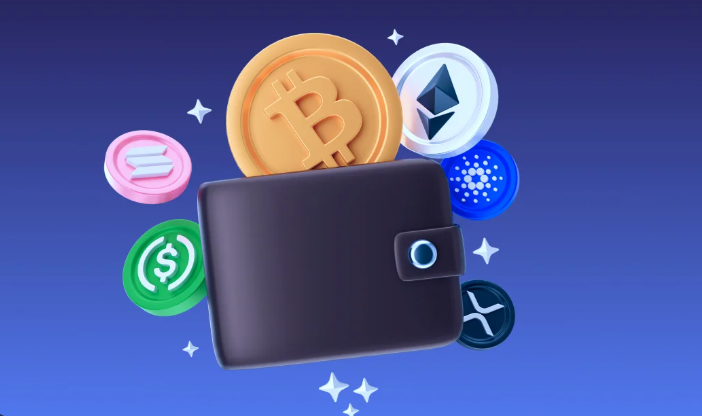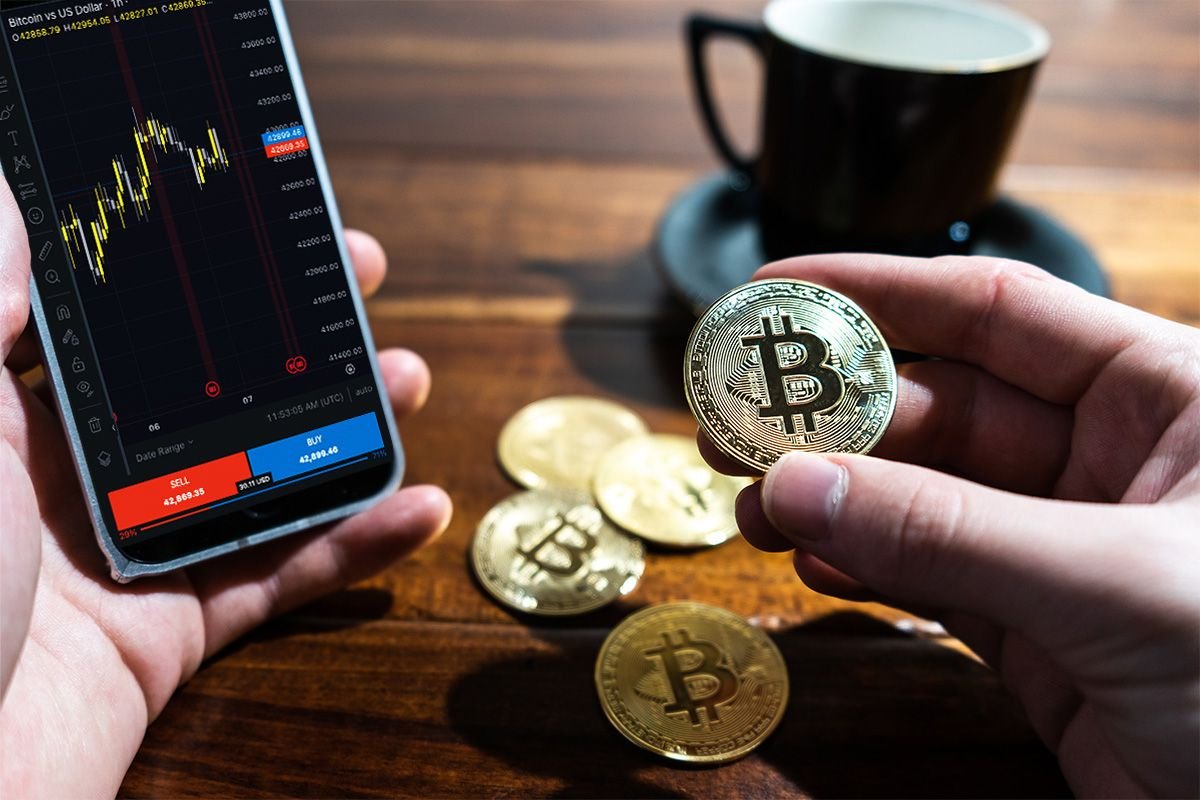What is Crypto? A Beginner’s Guide
n
1. Understanding Crypto: The Basics
n
nn
n
Cryptocurrency, often shortened to crypto, is a type of digital or virtual currency that uses cryptography to secure transactions. Unlike traditional currencies issued by governments (like USD or VND), cryptocurrencies are decentralized and operate on a technology called blockchain.
n
nn
n
Key Features of Crypto:
n
nn
n
- n
- Decentralization: No central authority (like a bank or government) controls it. nnnn
- Transparency: All transactions are recorded on a public ledger. nnnn
- Security: Cryptography ensures that transactions and data remain secure. nnnn
- Global Reach: Cryptos can be sent anywhere in the world instantly. n
n
nn
n
n
nn
n

n
nn
n
2. How Does Cryptocurrency Work?
n
nn
n
Cryptocurrencies rely on blockchain technology, a decentralized network of computers that validates and records transactions. Here’s how it works:
n
nn
n
- n
- A transaction is initiated. For example, you send Bitcoin (BTC) to a friend. nnnn
- The transaction is verified. Computers in the network (miners) validate the transaction. nnnn
- The transaction is recorded. Once validated, it is added to a “block” of data. nnnn
- The block is added to the blockchain. This process ensures the transaction is immutable and transparent. n
n
nn
n
n
nn
n
3. Popular Cryptocurrencies
n
nn
n
There are thousands of cryptocurrencies, but some are more well-known and widely used:
n
nn
n
- n
- Bitcoin (BTC): The first cryptocurrency, often referred to as “digital gold.” nnnn
- Ethereum (ETH): Known for its smart contracts and decentralized applications. nnnn
- Tether (USDT): A stablecoin pegged to the value of traditional currencies like USD. nnnn
- Binance Coin (BNB): A utility token for the Binance exchange. nnnn
- Cardano (ADA) & Solana (SOL): Emerging platforms for smart contracts and decentralized applications. n
n
nn
n
n
nn
n
4. Why Do People Use Crypto?
n
nn
n
Advantages of Crypto:
n
nn
n
- n
- Fast Transactions: Payments can be processed instantly, regardless of location. nnnn
- Lower Fees: Especially for international transactions, fees are typically lower than traditional banking systems. nnnn
- Ownership and Control: Users have full control over their funds without relying on third parties. nnnn
- Investment Opportunities: Many view cryptocurrencies as a way to grow their wealth. n
n
nn
n
Challenges and Risks:
n
nn
n
- n
- Volatility: Prices can fluctuate wildly. nnnn
- Security Risks: Wallets and exchanges can be hacked if not properly secured. nnnn
- Regulatory Uncertainty: Legal frameworks for crypto vary across countries. n
n
nn
n
n
nn
n
5. How to Get Started with Crypto
n
nn
n

n
nn
n
Step 1: Learn About Wallets
n
nn
n
A crypto wallet is where you store your cryptocurrencies. It comes in two types:
n
nn
n
- n
- Hot Wallets: Connected to the internet (e.g., mobile apps like Trust Wallet). nnnn
- Cold Wallets: Offline storage, such as hardware wallets like Ledger or Trezor. n
n
nn
n
Step 2: Choose a Reliable Exchange
n
nn
n
Exchanges are platforms where you can buy, sell, and trade cryptocurrencies. Some popular ones include:
n
nn
n
- n
- Binance nnnn
- Coinbase nnnn
- Kraken nnnn
- KuCoin n
n
nn
n
Step 3: Buy Your First Crypto
n
nn
n
- n
- Fund your exchange account using fiat currency (like USD or VND). nnnn
- Choose a cryptocurrency and place a buy order. n
n
nn
n
Step 4: Secure Your Investment
n
nn
n
- n
- Enable two-factor authentication (2FA) on your exchange account. nnnn
- Store large amounts of crypto in a cold wallet for added security. n
n
nn
n
n
nn
n
6. Use Cases for Crypto
n
nn
n

n
nn
n
- n
- Payments: Pay for goods and services online. Many companies now accept crypto. nnnn
- Investments: Hold crypto as a long-term asset in hopes of price appreciation. nnnn
- DeFi (Decentralized Finance): Access financial services like loans and savings without banks. nnnn
- NFTs (Non-Fungible Tokens): Buy and sell digital art, collectibles, and more. n
n
nn
n
n
nn
n
7. Common Myths About Crypto
n
nn
n
- n
- Myth 1: Cryptocurrencies Are Only Used for Illegal Activities.
Truth: While they have been misused, the majority of transactions are legitimate.
nnnn
- Myth 2: Crypto Is Too Complex for Regular Users.
Truth: Many platforms now make it easy for anyone to buy and use crypto.
nnnn
- Myth 3: Crypto Is a Scam.
Truth: While scams exist, legitimate projects with real use cases are driving adoption.
n
n
nn
n
n
nn
n
8. Tips for Beginners
n
nn
n
- n
- Start Small: Invest an amount you can afford to lose. nnnn
- Do Your Research: Learn about the project before investing in any cryptocurrency. nnnn
- Beware of Scams: Avoid promises of guaranteed returns or schemes that sound too good to be true. nnnn
- Diversify: Don’t put all your money into one cryptocurrency. n
n
nn
n
n
nn
n
9. Conclusion
n
nn
n
Cryptocurrencies are reshaping the global financial landscape, offering opportunities for investment, innovation, and financial freedom. While it comes with risks, a proper understanding of the basics can help you take the first step confidently.
n
nn
n
nAre you ready to dive into the world of crypto? Start today and explore its endless possibilities!
n
n








